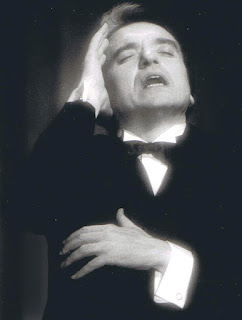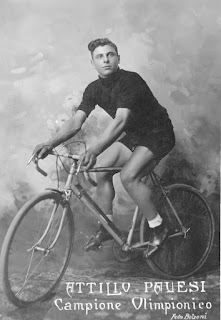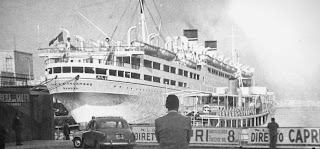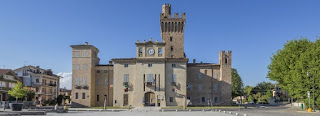Artist evoked image of republic’s final years
 |
| A portrait of Guardi by his contemporary, Pietro Longhi |
Guardi’s wonderful scenes of crowds, festivals, regattas and concerts in Venice have kept the heyday of the republic alive for future generations to enjoy in art galleries all over the world.
The artist was born into a family of nobility from Trentino, who lived in a house in the Cannaregio district of Venice.
Guardi’s father and brothers were also painters and his sister, Maria Cecilia, married the great Venetian artist, Giovanni Battista Tiepolo.
Guardi’s first known works were painted in the 1730s in Vigo Anuania in Trentino, where he was working alongside his older brother, Gian Antonio.
 |
| Guardi's painting of the Doge's state barge, the Bucintoro, near the Riva di Sant'Elena, which is housed at the Louvre in Paris |
Guardi seemed equally comfortable painting landscapes or figures, but his early views of Venice show the influence of Canaletto on his style.
In 1757 Guardi married Maria Mattea Pagani, the daughter of another painter, Matteo Pagani.
One of his most important works was The Doge’s Feasts, a series of 12 canvases commissioned to celebrate the ceremonies held in 1763 for the election of Doge Alvise IV Mocenigo.
Guardi was also commissioned by the Venetian authorities to paint six canvases to celebrate the visit of Russian Archdukes to the city, of which only two remain.
 |
| This view of St Mark's Square is among the Guardi works that can be seen at Accademia Carrara in Bergamo |
As Guardi grew older his style became noticeably different from that of Canaletto, who focused on the glamour of Venice, often showing it in bright sunshine.
Guardi often painted cloudy skies above the city at dusk, accurately conveying the mood and atmosphere of each scene. Some of his paintings evoke the onset of the decline of Venice’s empire, such as his landscape, Fire in the Oil Depot in San Marcuola, which was painted in 1789.
Guardi died in Cannaregio in 1793 at the age of 80, four years before the end of the Republic of Venice.
 |
| The house in Campiello della Madonna, a small square in Cannaregio, where Guardi lived for much of his life |
Cannaregio, where Guardi was born and died, is a peaceful quarter of Venice, with crumbling, shuttered houses and little shops and bars that are still patronised by Venetians. Among the architectural masterpieces of the area are the Gothic church of Madonna dell’Orto and the early Renaissance church of Santa Maria dei Miracoli.
Travel tip:
Bergamo’s Accademia Carrara has a fine collection of paintings by Guardi including views of L’Isola di San Giorgio, Il Rio dei Mendicanti, Il Ponte di Rialto and Piazza San Marco. The Accademia Carrara is housed in a magnificent palace just outside Bergamo’s Città Alta, built in the 18th century to house one of the richest private collections in Italy. It is the only Italian museum to be entirely stocked with donations and bequests from private collectors. Visitors can view works by the masters of the Venetian, Lombard and Tuscan Renaissances as well as the great artists who came later, such as Guardi, Lotto, Titian, Moroni, Rubens, Tiepolo and Canaletto. For more details visit www.lacarrara.it.
(Photo of Guardi's house by Didier Descouens CC BY-SA 4.0)
More reading:
Titian - giant of Renaissance art
How Pietro Longhi captured everyday life in 18th century Venice
Tintoretto - the dyer's son whose work still adorns Venice
Home



















